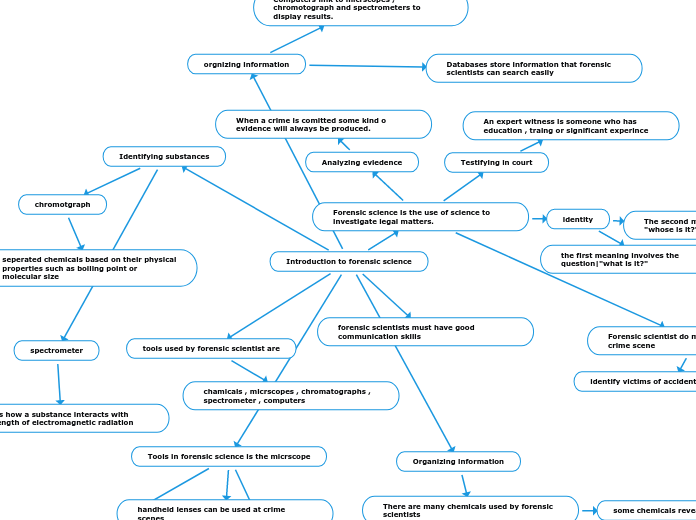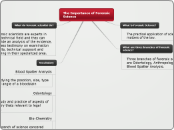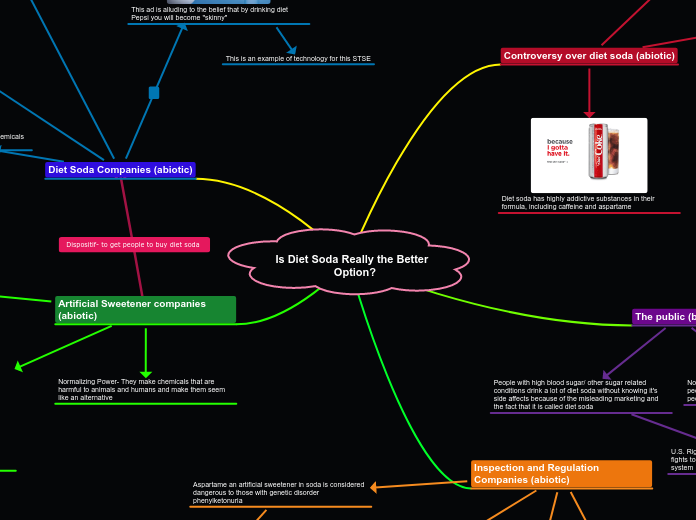Introduction to forensic science
orgnizing information
Databases store information that forensic scientists can search easily
Computers link to micrscopes , chromotograph and spectrometers to display results.
Identifying substances
spectrometer
records how a substance interacts with wavelength of electromagnetic radiation
chromotgraph
seperated chemicals based on their physical properties such as boiling point or molecular size
Tools in forensic science is the micrscope
Comparison micrscopes are used compare two small objects such as bullets , side by side
SEM are used to take a picture very small objects.
handheld lenses can be used at crime scenes
lights micrscope are used to examine eveidnce and to seperate evidence for further analysis.
Organizing information
There are many chemicals used by forensic scientists
forensic scientist use chemistry to analyze :
drugs , alchohol , poisons , fire accelerants and explosive
some chemicals reveal bloodstains
other chemicals detect finger prints
other chemicals can detct gunshot residue
tools used by forensic scientist are
chamicals , micrscopes , chromatographs , spectrometer , computers
forensic scientists must have good communication skills
Forensic science is the use of science to investigate legal matters.
Forensic scientist do more than investigate crime scene
investigate fires for clues about arson
verify documents and products
identify victims of accidents and disasters
identity
The second meaning involves the question "whose is it?"
the first meaning involves the question|"what is it?"
Testifying in court
An expert witness is someone who has education , traing or significant experince
Analyzing eviedence
When a crime is comitted some kind o evidence will always be produced.









